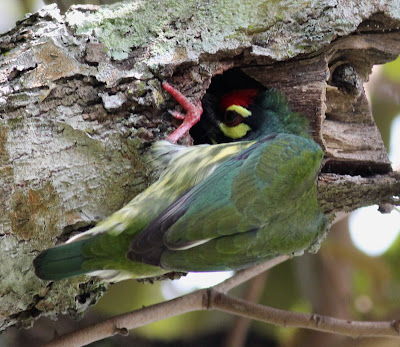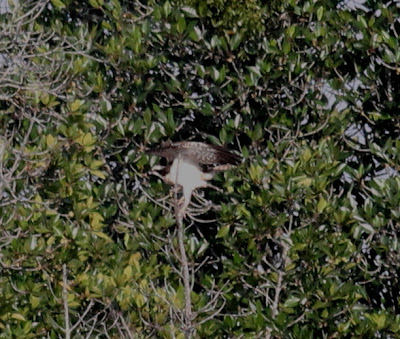I arrived at the mudflats at about 16.30hrs.. The weather was very hot and harsh on the body and photography. As the tide was still high i decided to look for other birds in the surrounding area.
 |
| Asian Dollar Bird |
The first egret which came in and waited for the tide to recede.
The first batch of waders came in when the water started to recede at around 17.15hrs. They were mainly Common Redshanks.
 |
| Whiskered Tern i believe |
It was fun to see them skimming over the water surface. Here you can see a white winged tern has managed to grab something from the water.
Probably a Common Tern.
Could this be a Gull-billed Tern or a Whiskered Tern?
 |
| Whiskered Tern |
Verified by a MNS Bird Group Co-ordinator.
 |
| Common Redshank |
 |
| Common Sandpiper |
Besides the redshanks, common sandpipers are some of the birds which would dare to come close to humans.
From the horizon, i saw a silhouette of a big bird flying in.
It circled around the waders looking for a suitable place to land.
 |
| Brown-Headed Gull |
Some of them are still in their first winter clothing as you can see from the bird in the middle of this picture (the black band on its tail).
As you can see there were 9 Brown Headed Gulls in this picture alone - probably more as i saw one or two with other group of waders.
More birds flew in when the sea water receded further away.
 |
| Whimbrel |
Un-identified wader? Finally this bird is
confirmed as a Great Knot by Dave B.
 |
| Little Egret |
The photo above shows a little egret with a complete breeding plumage. I do not know whether this bird was here for breeding or came here just after its breeding season.
Redshanks taking off.
So did myself. I bade farewell to this mudflats at about 18.30hrs.























































